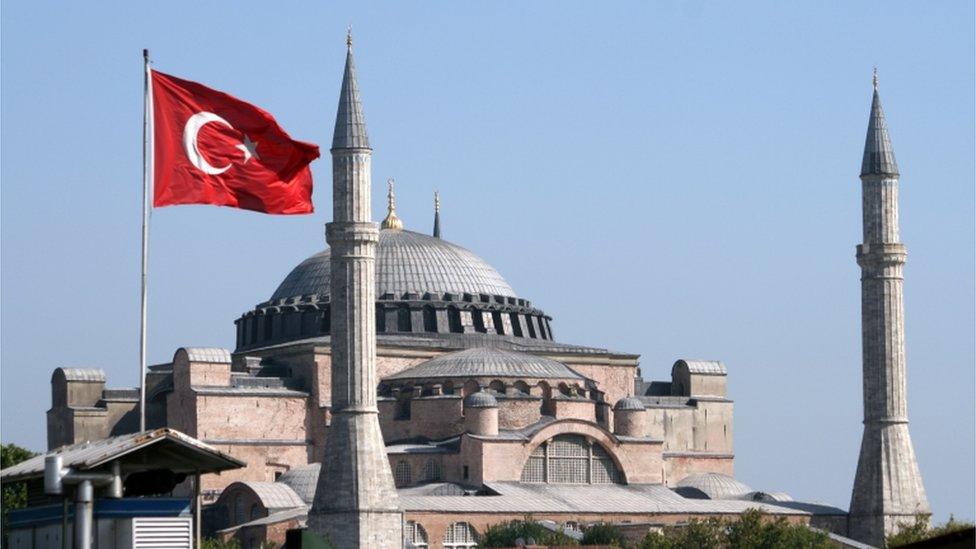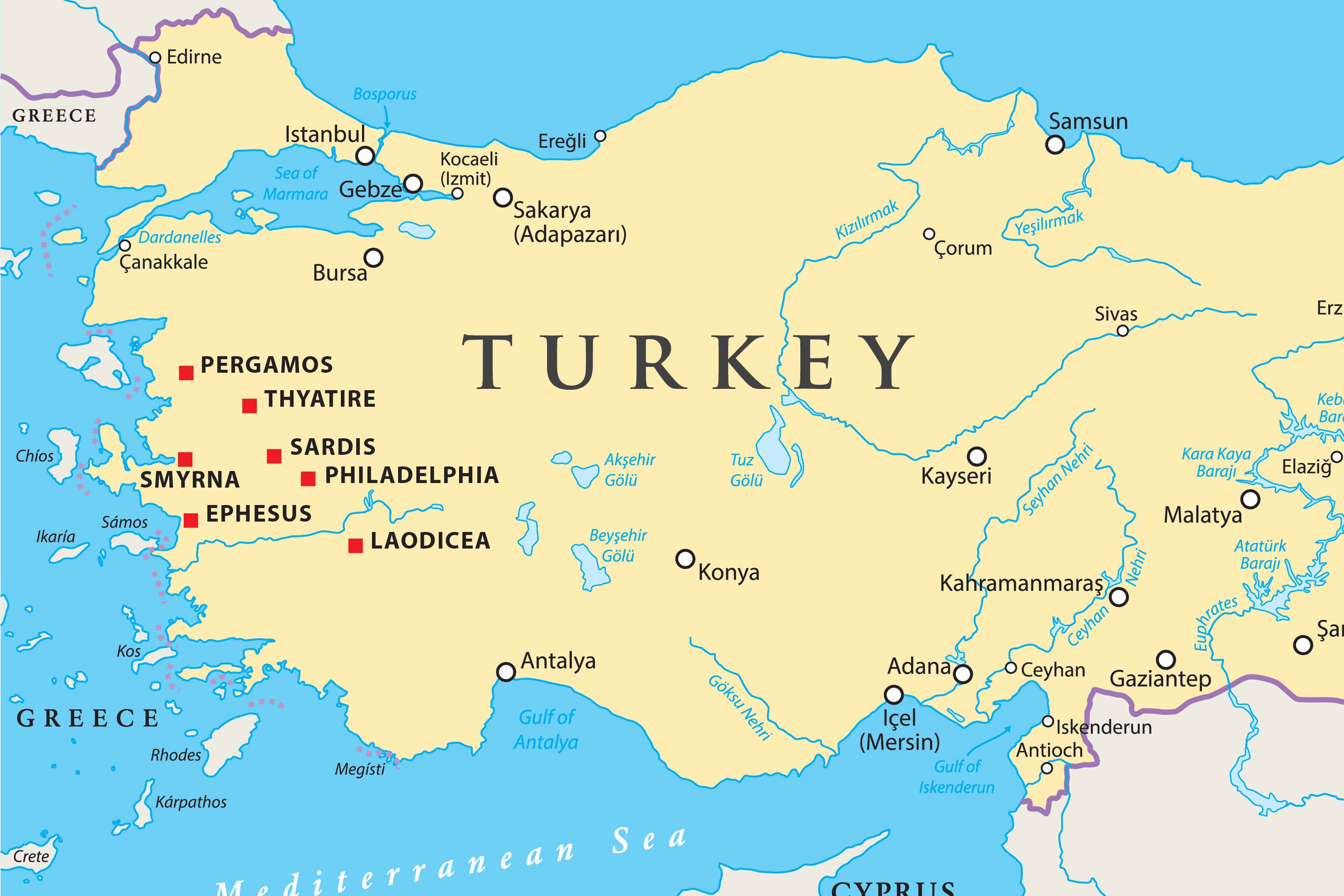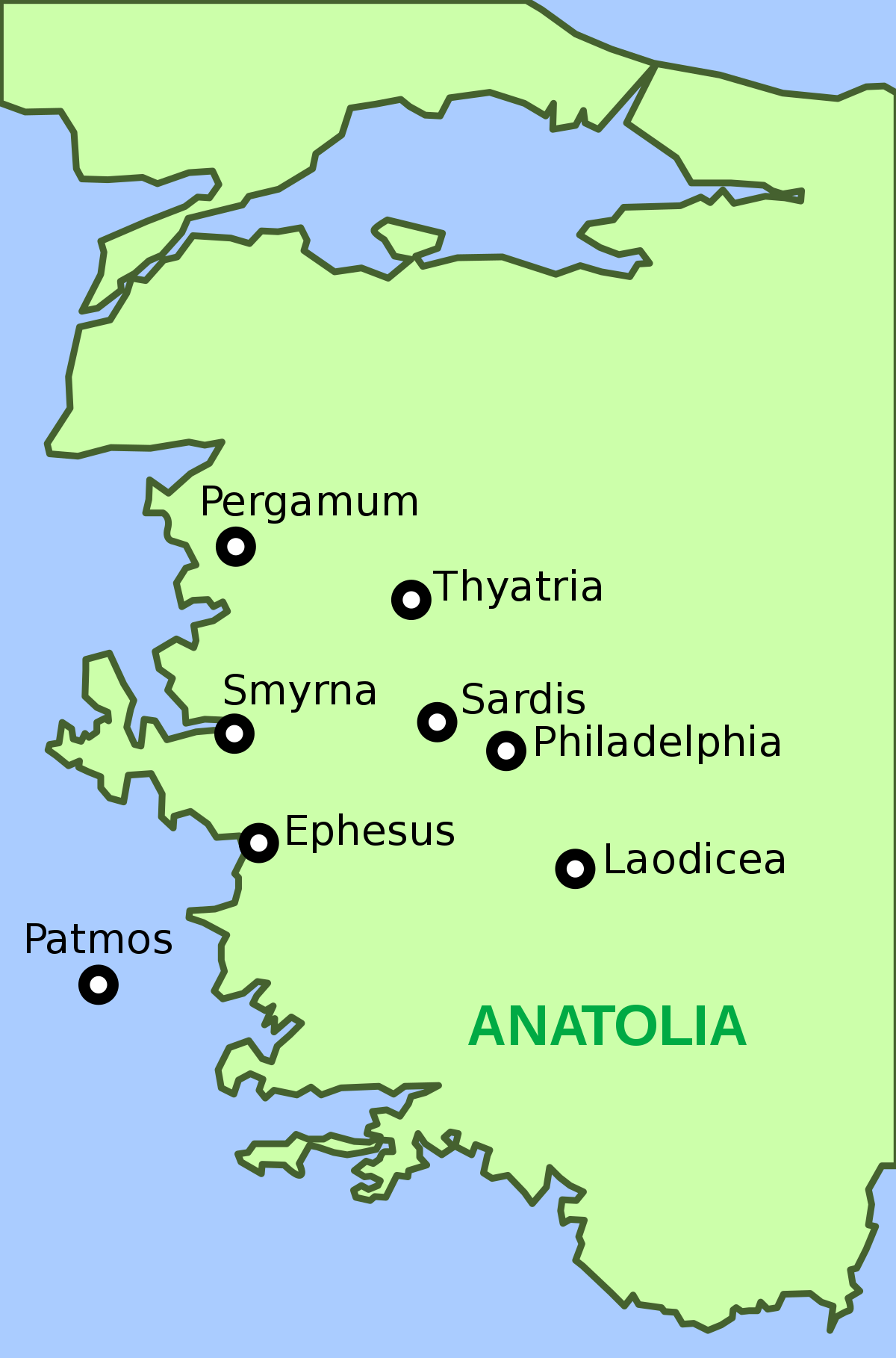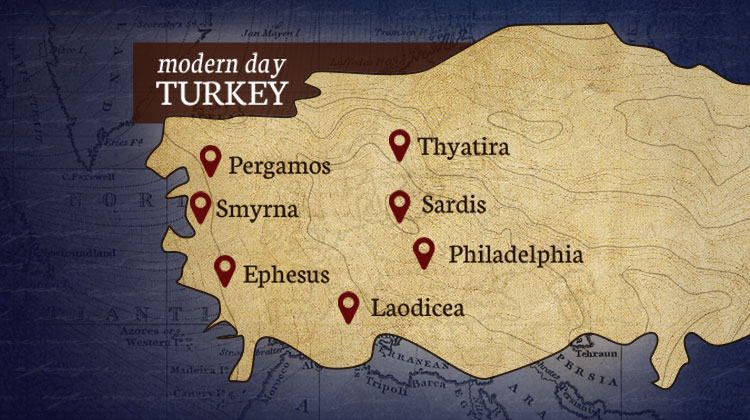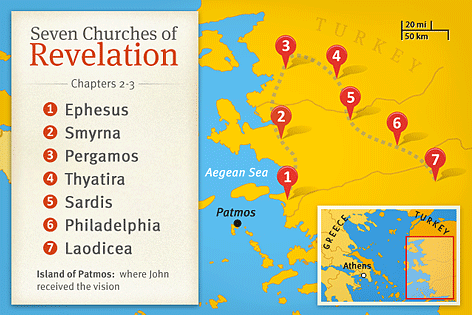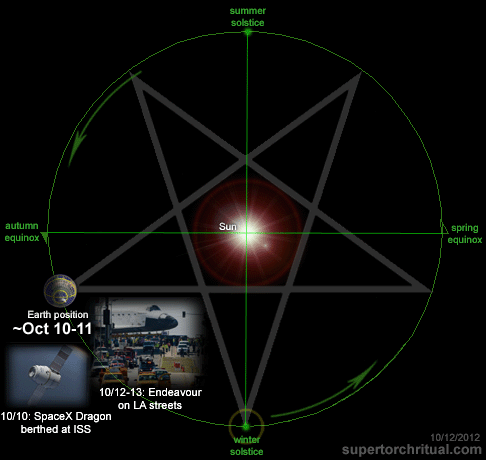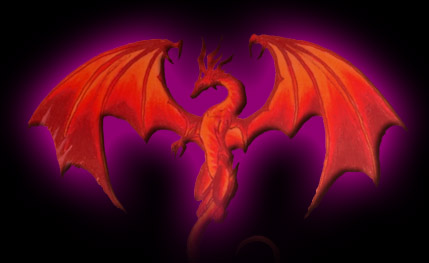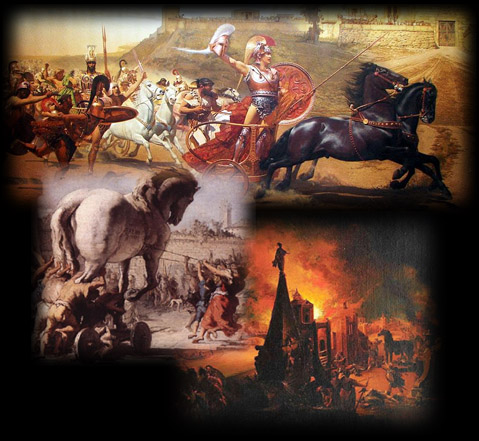|
|
General: HAGIA SOPHIA ISTANBUL TURKEY DAN BROWN S INFERNO DA VINCI CODE
Escolher outro painel de mensagens |
|
|
Hagia Sophia Istanbul
Hagia Sophia
Hagia Sophia History
Hagia Sophia Mosaics
Hagia Sophia Architecture
Hagia Sophia Tombs
Legends Of Hagia Sophia
Links
Hagia Sophia at Dan Brown’s Inferno
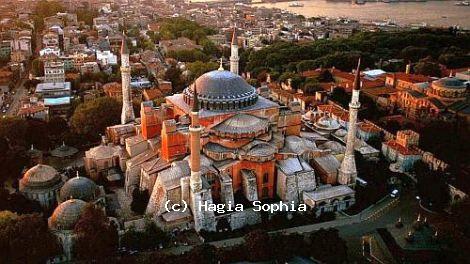
World famous author of the bestsellers “The Da Vinci Code” and “Angels and Demons” refers in his latest historical fiction Inferno to Hagia Sophia
At his new novel Inferno, Dan Brown’s protagonist Iconographer Robert Langdon reveals to Sienna Brooks – a young genius doctor- “we are in the wrong country”, and starts following the clues that would take him to Hagia Sophia to solve the secret and to save the world.
Being an important world heritage, 1500 years old Hagia Sophia became the inspiration to many discussions, books, movies and films with a lot of mysteries yet still waiting to be uncovered. At the end of the novel Inferno, we will learn if Professor Langdon will be able reveal the secrets of Hagia Sophia.A part from the novel, what makes Hagia Sophia so mysterious?
- Hagia Sophia is the only building in the world that served to three religions in order ; Pagan, Christian Orthodox and Sunni Islam.
- Hagia Sophia was built by the order of the Eastern Roman emperor Justinian at the 6th century AD on top of a pagan temple.
- Relics such as nails from the true cross and the shroud of Mary were some of the very important treasures of the church until the attack of the crusaders.
- It is believed that the greatness of the building effected Russia in a way to choose Orthodox Christianity rather than Catholicism.
- There are large cisterns under the building which is described by historians big enough for a boat to fit in. Those cisterns are also believed to connect to other cisterns located under the seat of the sultan.
- It is believed that underground sections of the building like cellar, chambers or cyrpts were concealed by the priests of the church at the time of the Ottoman invasion to hide and keep the relics.
- Inside Hagia Sophia, there are columns, doors, marbles and different other artifacts from earlier civilizations dating back to 5th century BC.
https://www.hagiasophia.com/hagia-sophia-at-dan-browns-inferno/ |
|
|
 Primeira
Primeira
 Anterior
2 a 12 de 12
Seguinte
Anterior
2 a 12 de 12
Seguinte
 Última
Última

|
|
|
Hagia Sophia
From Wikipedia, the free encyclopedia
Hagia Sophia (Turkish: Ayasofya; Ancient Greek: Ἁγία Σοφία, romanized: Hagía Sophía; Latin: Sancta Sapientia; lit. 'Holy Wisdom'), officially the Hagia Sophia Grand Mosque (Turkish: Ayasofya-i Kebir Cami-i Şerifi; Greek: Μεγάλο Τζαμί της Αγίας Σοφίας),[3] is a mosque and former church serving as a major cultural and historical site in Istanbul, Turkey. The last of three church buildings to be successively erected on the site by the Eastern Roman Empire, it was completed in AD 537. The site was an Eastern rite church from AD 360 to 1453, except for a brief time as a Latin Catholic church between the Fourth Crusade and 1261.[4] After the fall of Constantinople in 1453, it served as a mosque until 1935, when it became a museum. In 2020, the site once again became a mosque.
The current structure was built by the Byzantine emperor Justinian I as the Christian cathedral of Constantinople for the Byzantine Empire between 532 and 537, and was designed by the Greek geometers Isidore of Miletus and Anthemius of Tralles.[5] It was formally called the Church of God's Holy Wisdom (Greek: Ναὸς τῆς Ἁγίας τοῦ Θεοῦ Σοφίας, romanized: Naòs tês Hagías toû Theoû Sophías)[6][7] and upon completion became the world's largest interior space and among the first to employ a fully pendentive dome. It is considered the epitome of Byzantine architecture[8] and is said to have "changed the history of architecture".[9] The present Justinianic building was the third church of the same name to occupy the site, as the prior one had been destroyed in the Nika riots. As the episcopal see of the ecumenical patriarch of Constantinople, it remained the world's largest cathedral for nearly a thousand years, until the Seville Cathedral was completed in 1520. Beginning with subsequent Byzantine architecture, Hagia Sophia became the paradigmatic Orthodox church form, and its architectural style was emulated by Ottoman mosques a thousand years later.[10] It has been described as "holding a unique position in the Christian world"[10] and as an architectural and cultural icon of Byzantine and Eastern Orthodox civilization.[10][11][12]
The religious and spiritual centre of the Eastern Orthodox Church for nearly one thousand years, the church was dedicated to the Holy Wisdom.[13][14][15] It was where the excommunication of Patriarch Michael I Cerularius was officially delivered by Humbert of Silva Candida, the envoy of Pope Leo IX in 1054, an act considered the start of the East–West Schism. In 1204, it was converted during the Fourth Crusade into a Catholic cathedral under the Latin Empire, before being returned to the Eastern Orthodox Church upon the restoration of the Byzantine Empire in 1261. Enrico Dandolo, the doge of Venice who led the Fourth Crusade and the 1204 Sack of Constantinople, was buried in the church.
After the fall of Constantinople to the Ottoman Empire in 1453,[16] it was converted to a mosque by Mehmed the Conqueror and became the principal mosque of Istanbul until the 1616 construction of the Sultan Ahmed Mosque.[17][18] Upon its conversion, the bells, altar, iconostasis, ambo, and baptistery were removed, while iconography, such as the mosaic depictions of Jesus, Mary, Christian saints and angels were removed or plastered over.[19] Islamic architectural additions included four minarets, a minbar and a mihrab. The Byzantine architecture of the Hagia Sophia served as inspiration for many other religious buildings including the Hagia Sophia in Thessaloniki, Panagia Ekatontapiliani, the Şehzade Mosque, the Süleymaniye Mosque, the Rüstem Pasha Mosque and the Kılıç Ali Pasha Complex. The patriarchate moved to the Church of the Holy Apostles, which became the city's cathedral.
The complex remained a mosque until 1931, when it was closed to the public for four years. It was re-opened in 1935 as a museum under the secular Republic of Turkey, and the building was Turkey's most visited tourist attraction as of 2019.[20]
In July 2020, the Council of State annulled the 1934 decision to establish the museum, and the Hagia Sophia was reclassified as a mosque. The 1934 decree was ruled to be unlawful under both Ottoman and Turkish law as Hagia Sophia's waqf, endowed by Sultan Mehmed, had designated the site a mosque; proponents of the decision argued the Hagia Sophia was the personal property of the sultan. The decision to designate Hagia Sophia as a mosque was highly controversial. It resulted in divided opinions and drew condemnation from the Turkish opposition, UNESCO, the World Council of Churches and the International Association of Byzantine Studies, as well as numerous international leaders, while several Muslim leaders in Turkey and other countries welcomed its conversion into a mosque.
Church of Constantius II
[edit]
 Hagia Sophia, Istanbul, Turkey, ca. 1897.
The first church on the site was known as the Magna Ecclesia (Μεγάλη Ἐκκλησία, Megálē Ekklēsíā, 'Great Church')[21][22] because of its size compared to the sizes of the contemporary churches in the city.[13] According to the Chronicon Paschale, the church was consecrated on 15 February 360, during the reign of the emperor Constantius II (r. 337–361) by the Arian bishop Eudoxius of Antioch.[23][24] It was built next to the area where the Great Palace was being developed. According to the 5th-century ecclesiastical historian Socrates of Constantinople, the emperor Constantius had c. 346 "constructed the Great Church alongside that called Irene which because it was too small, the emperor's father [Constantine] had enlarged and beautified".[25][23] A tradition which is not older than the 7th or 8th century reports that the edifice was built by Constantius' father, Constantine the Great (r. 306–337).[23] Hesychius of Miletus wrote that Constantine built Hagia Sophia with a wooden roof and removed 427 (mostly pagan) statues from the site.[26] The 12th-century chronicler Joannes Zonaras reconciles the two opinions, writing that Constantius had repaired the edifice consecrated by Eusebius of Nicomedia, after it had collapsed.[23] Since Eusebius was the bishop of Constantinople from 339 to 341, and Constantine died in 337, it seems that the first church was erected by Constantius.[23]
 View of the dome interior
        |
|
|
|
|
2. Arc de Triomphe du Carrousel
Directly in the courtyard of the Louvre is the Arc de Triomphe du Carrousel that was commissioned by Napoleon to commemorate his military victories (along with the “other” Arc de Triomphe on the Champs Elysées).
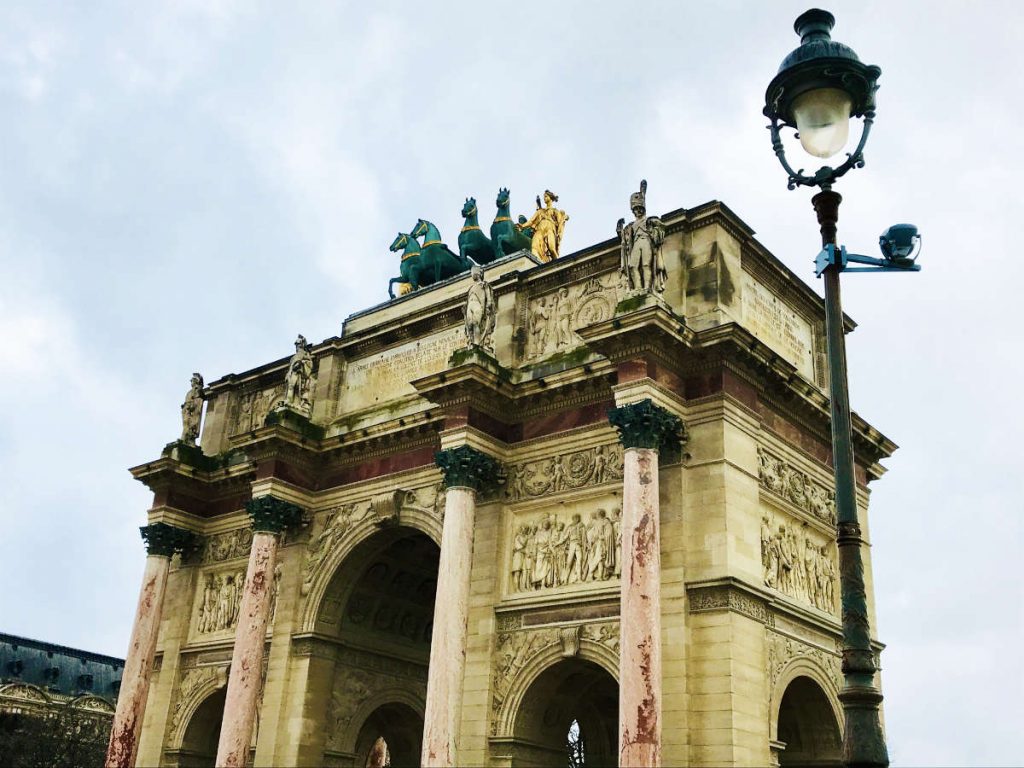
Initially, on top of the Arc de Triomphe du Carrousel were placed the Horses of Saint Mark. They had adorned the Basilica of San Marco in Venice since the sack of Constantinople in 1204 and had been brought to Paris where they were placed atop Napoleon’s Arc de Triomphe du Carrousel.
After Napoleon Bonaparte’s defeat at the Battle of Waterloo, many of the countries he had previously conquered asked for their artwork back. The Horses of Saint Mark were returned to Italy and today there is a copy on top instead.
https://snippetsofparis.com/axe-historique-of-paris/ |
|
|
|
|
Pentagram pinpointing Enterprise arriving in the Big Apple...
Pentagram pinpointing Endeavour rolling through LA (and Dragon roaming the sky)...
(Note: My previous article Golden Apple highlighting the Trojan theme was posted hours before the armed conflict erupted. Pattern projection => fulfillment.) "It's all connected"...
SpaceX Marks the Spot (goroadachi.com) |
|
|
|
|
Trojan Horse of Troy
Submitted by Iza on Sun, 03/01/2020 - 17:21. Last modification: Sun, 03/01/2020 - 17:21
Archaeological site:
 Trojan Horse of Troy
Description:
This text is a fragment of a guidebook to Troy "The Secrets of Troy (TAN Travel Guide)".
The tale of the Trojan Horse is one of the most frequently told stories from the mythical Trojan War. It tells about the trick employed by the Greeks who were tired of besieging Troy for a decade. Cunning Odysseus, the legendary king of Ithaca, suggested building an enormous wooden horse. When the construction was ready, the elite of warriors hid inside, while the remaining Greeks pretended to sail away, bored of the war. The jubilant Trojans wheeled the horse into the city and started the celebrations. Undercover of the night, the Greeks sneaked out of the horse, opened the gates of Troy, and the Greek army entered the city, destroyed it, and killed its inhabitants.
The fundamental question arises after hearing the tale of the Trojan horse: why would the Greeks build a model of this animal and not another? There are many interpretations of the story. The most straightforward explanation is that the horse was the emblem of Troy, so the Trojans willingly accepted such a gift.
Another speculation states that the horse was a battering ram, such as used at the time by the armies. These devices were covered with wet horse hides to protect them from fire. The horse could also be a ship with the hidden warriors, as ships were called sea-horses, for instance in the Odyssey.
Finally, a more complicated theory states that the Trojan Horse did not exist in any material form but was a metaphor for an earthquake that destroyed the walls of Troy, letting the Greeks inside. This speculation is supported by the fact that Poseidon was not only the god of the seas but of earthquakes and horses too.
The modern wooden replica of the Trojan Horse was created in 1975 by the Turkish architect İzzet Senemoğlu. It is possible to get inside the horse and climb up to its two levels. There are windows on both of them, offering an overview of the site. The model of the Trojan Horse, 12.5 meters high, was built of 25 cubic meters of pinewood, brought from the Kaz Mountain. This mountain, in ancient times known as Mount Ida, is situated some 50 km to the south-east of Troy. It was the setting of several important episodes of the Trojan War. It was also the place where the Olympian gods sat and watched the progress of the epic fight. Another model of the Trojan Horse, used in the filming of the movie "Troy" from 2004, stands on the quay in the city of Çanakkale, the main base for the tours of Troy.
Getting there:
Go through the entrance to the archaeological site of Troy, situated next to the ticket office. The main sightseeing route goes straight on, but you can see the model of the Trojan Horse standing on a square, slightly to your right. At the square, there is also a toilet, the only one at the whole site, as well as the official museum shop where you can buy souvenirs, maps, and books devoted to Troy and other archaeological sites in Turkey.
https://turkisharchaeonews.net/object/trojan-horse-troy |
|
|
 Primeira
Primeira
 Anterior
2 a 12 de 12
Seguinte
Anterior
2 a 12 de 12
Seguinte
 Última
Última

|
|
| |
|
|
©2025 - Gabitos - Todos os direitos reservados | |
|
|


